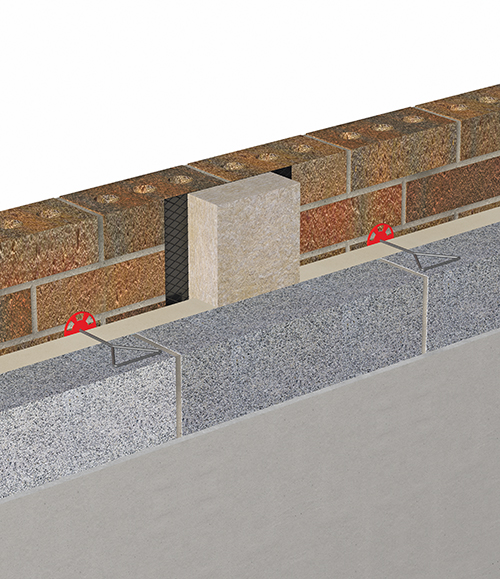
Fires can have devastating consequences on both life and property. In buildings, fire safety measures are essential to prevent the rapid spread of flames and smoke. Intumescent cavity barriers are an integral part of passive fire protection systems that play a crucial role in enhancing fire safety. Let's explore the benefits of intumescent cavity barriers and how they contribute to containing fires and protecting occupants.
The Role of Intumescent Cavity Barriers in Fire Safety
Intumescent cavity barriers are designed to seal the gaps and voids that exist within a building's structure, such as wall cavities, floor voids, and ceiling voids. In the event of a fire, these barriers swell or expand when exposed to heat, creating a char layer that helps prevent the passage of flames, smoke, and toxic gases to other areas of the building. By compartmentalizing fire and limiting its spread, intumescent cavity barriers can buy valuable time for occupants to evacuate safely and for firefighters to respond effectively.
Benefits of Intumescent Cavity Barriers
- Fire Containment: Intumescent cavity barriers help contain fires within specific compartments, preventing them from spreading rapidly throughout a building.
- Smoke Control: By restricting the movement of smoke, intumescent cavity barriers contribute to maintaining clearer escape routes for occupants during a fire.
- Enhanced Fire Resistance: The char layer formed by intumescent cavity barriers enhances the fire resistance of building elements, such as walls and floors, helping to maintain structural integrity.
- Compliance with Building Regulations: Many building codes and regulations require the installation of intumescent cavity barriers as part of fire safety measures in commercial and residential buildings.
- Peace of Mind: Knowing that effective fire protection measures are in place can provide peace of mind to building occupants, owners, and managers.
Types of Intumescent Cavity Barriers
Intumescent cavity barriers come in various forms to suit different applications and building requirements. Some common types include:
Flexible Intumescent Cavity Barriers
Flexible intumescent cavity barriers are typically used in joints and gaps where movement is expected, such as expansion joints in buildings. These barriers can expand and contract as needed while still providing effective fire protection.
Rigid Intumescent Cavity Barriers
Rigid intumescent cavity barriers are suitable for more static applications, such as sealing gaps between fire-rated walls and floors. These barriers offer a strong and stable solution for fire containment.
Intumescent Coating Systems
Intumescent coating systems are applied directly to building elements, such as steel beams and columns, to enhance their fire resistance. These coatings can expand and form a protective char layer when exposed to high temperatures.
Installation and Maintenance
Proper installation and regular maintenance of intumescent cavity barriers are essential to ensure their effectiveness in the event of a fire. Here are some key considerations:
Professional Installation
Intumescent cavity barriers should be installed by trained professionals who understand the specific requirements of the building and the barriers being used. Proper installation is crucial to the performance of these fire protection systems.
Regular Inspections
Regular inspections of intumescent cavity barriers should be conducted to check for any damage, deterioration, or gaps that may compromise their effectiveness. Any issues should be addressed promptly to maintain fire safety standards.
Replacement as Needed
If intumescent cavity barriers show signs of wear or damage that cannot be repaired, they should be replaced to ensure continued fire protection. It is important to follow manufacturers' guidelines for replacement intervals.
Conclusion
Intumescent cavity barriers are an essential component of passive fire protection systems that can significantly enhance fire safety in buildings. By containing fires, restricting smoke movement, and improving fire resistance, these barriers play a crucial role in protecting occupants and property. Building owners and managers should prioritize the installation and maintenance of intumescent cavity barriers to ensure effective fire protection measures are in place.

